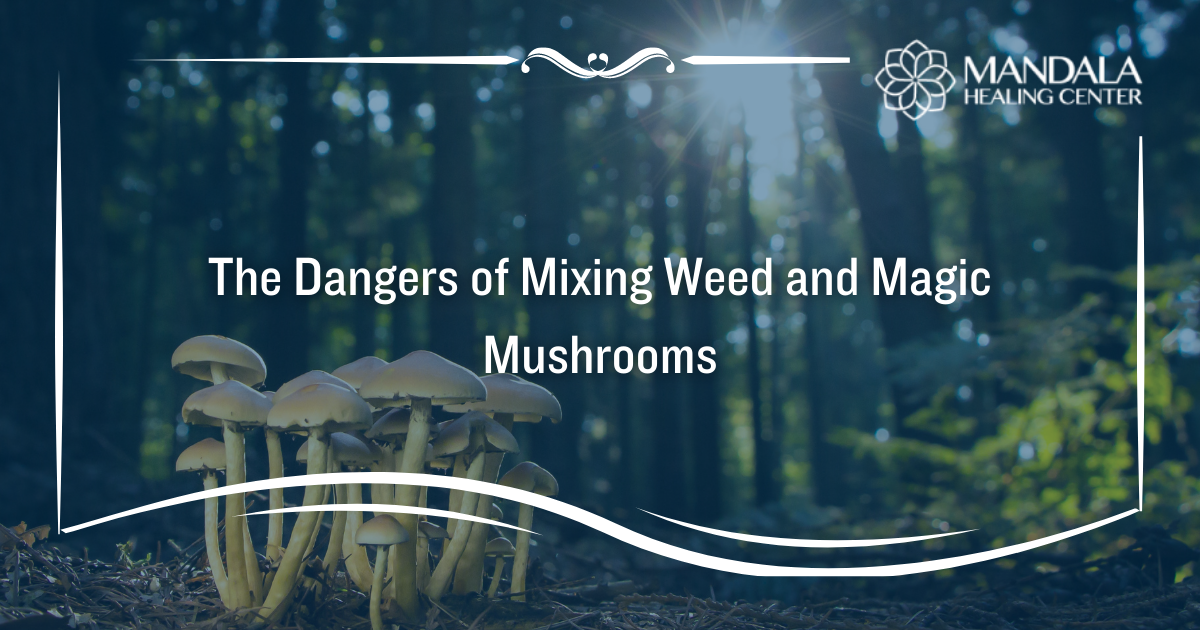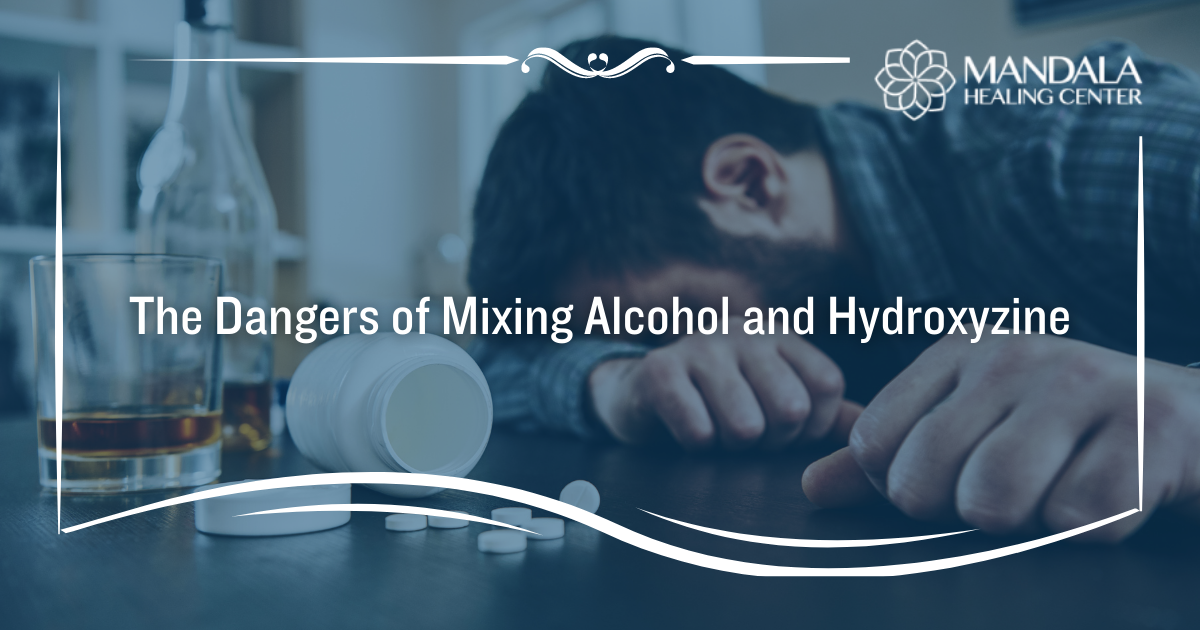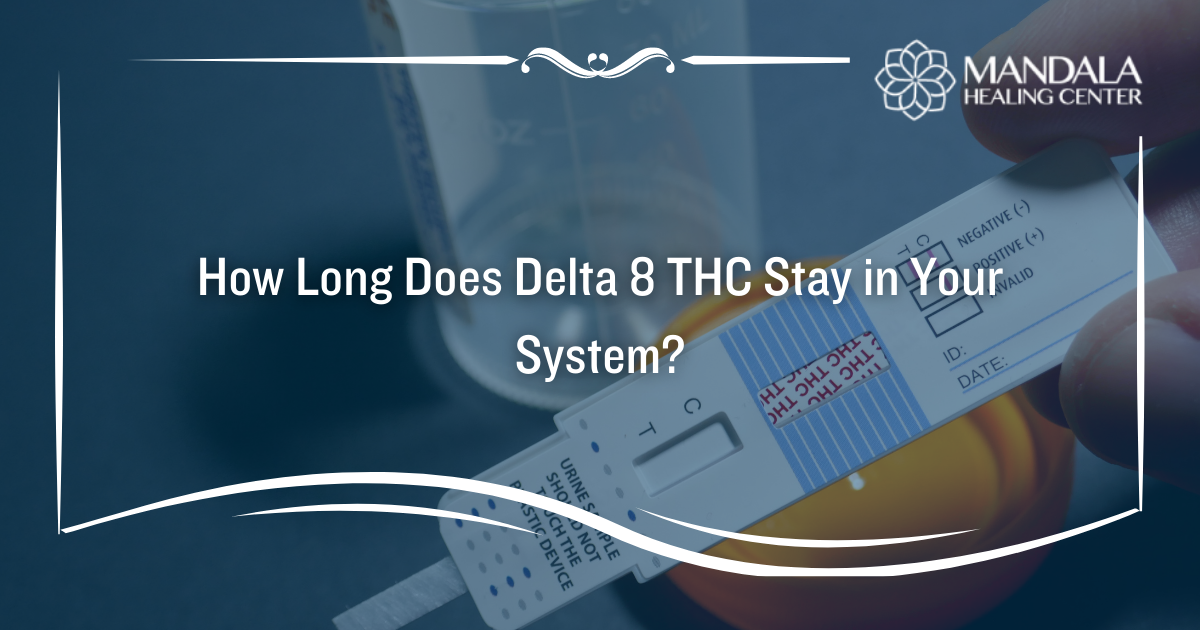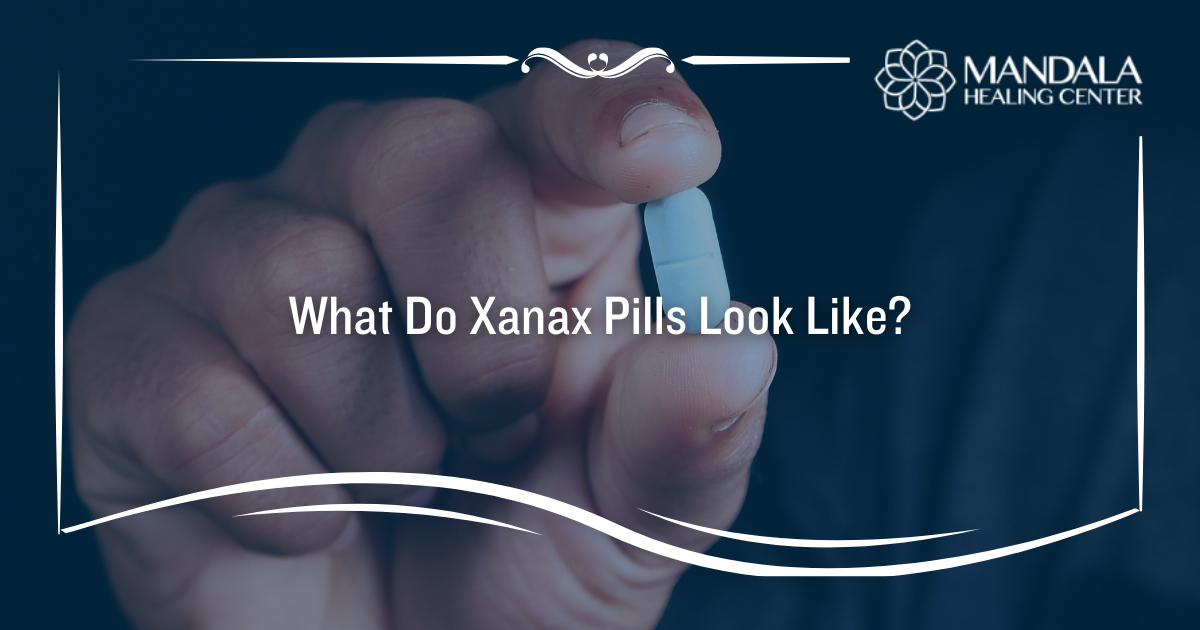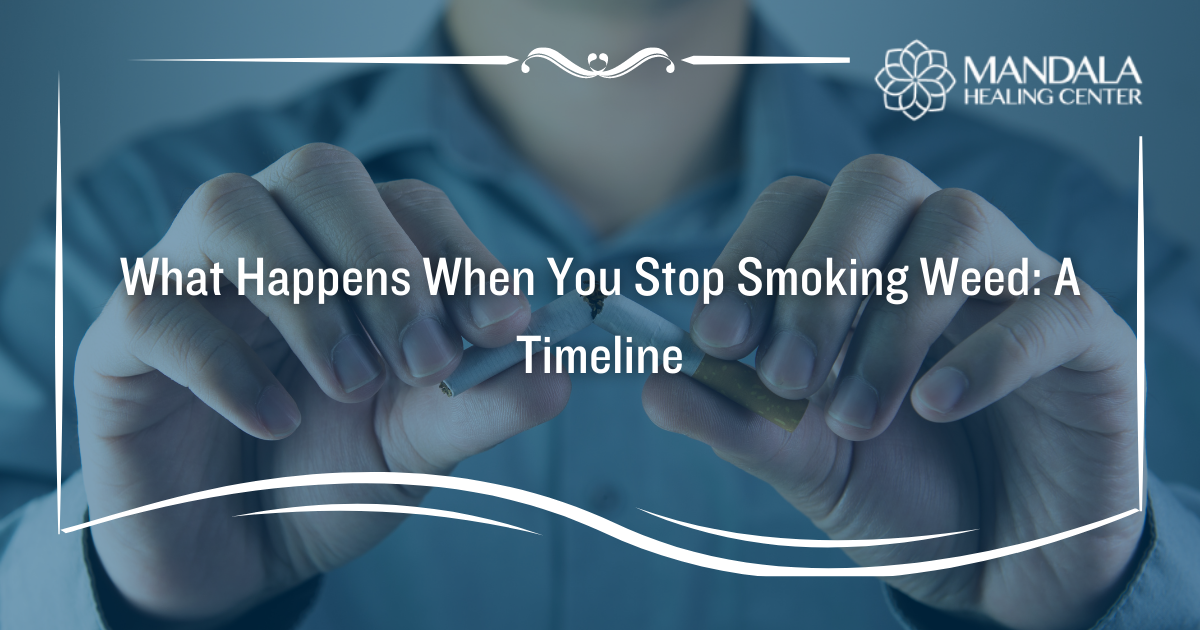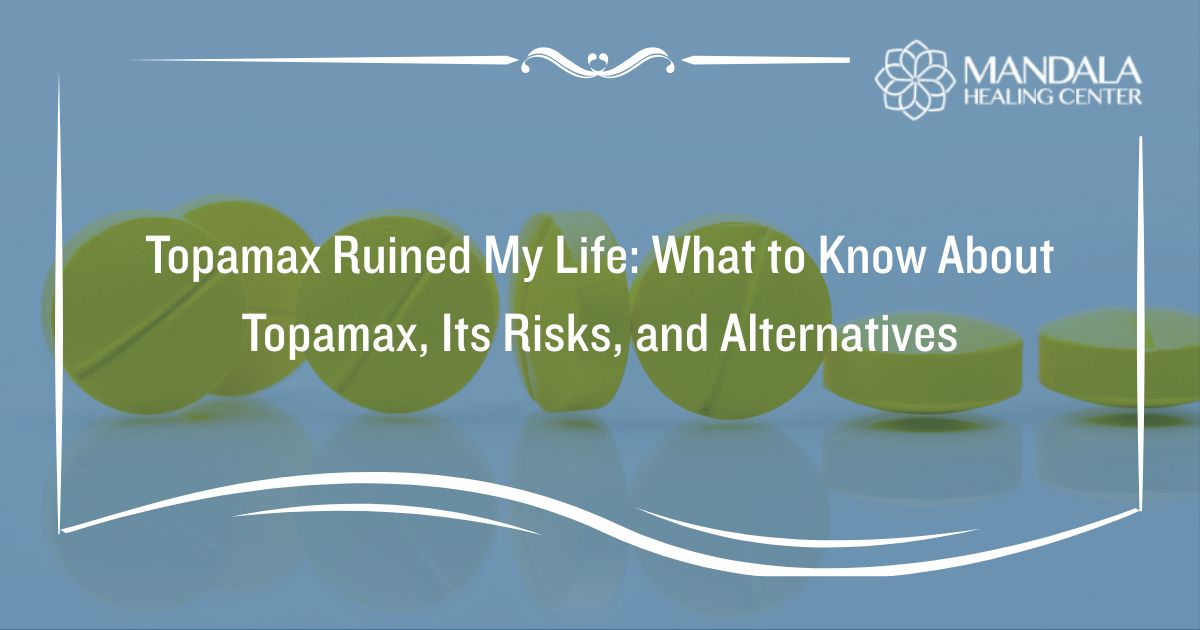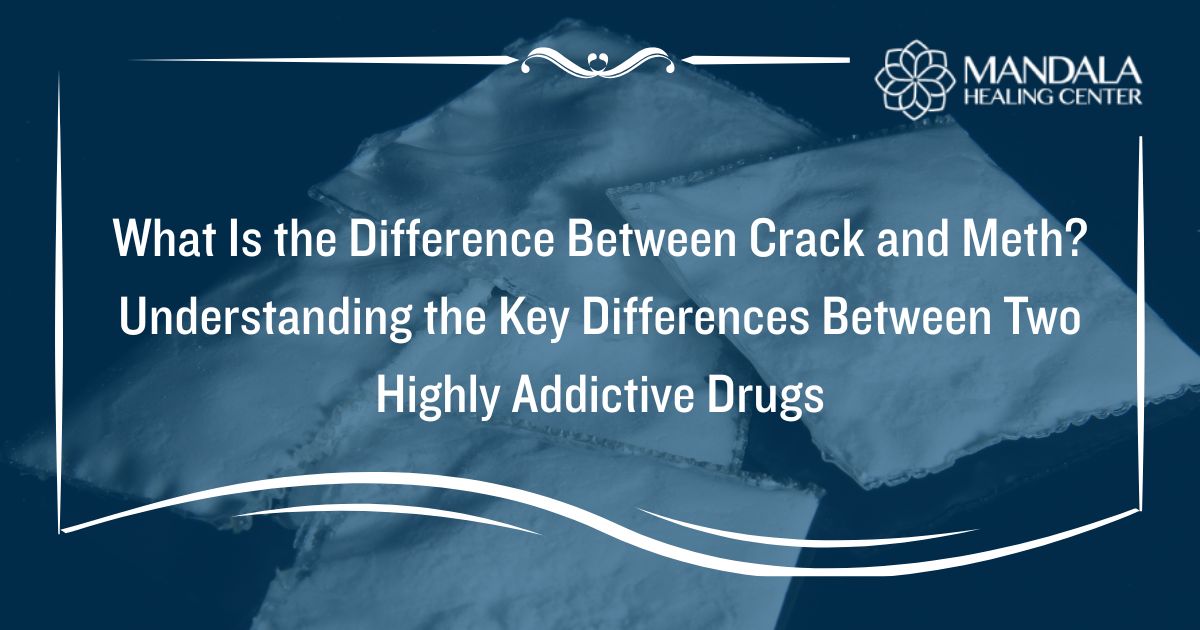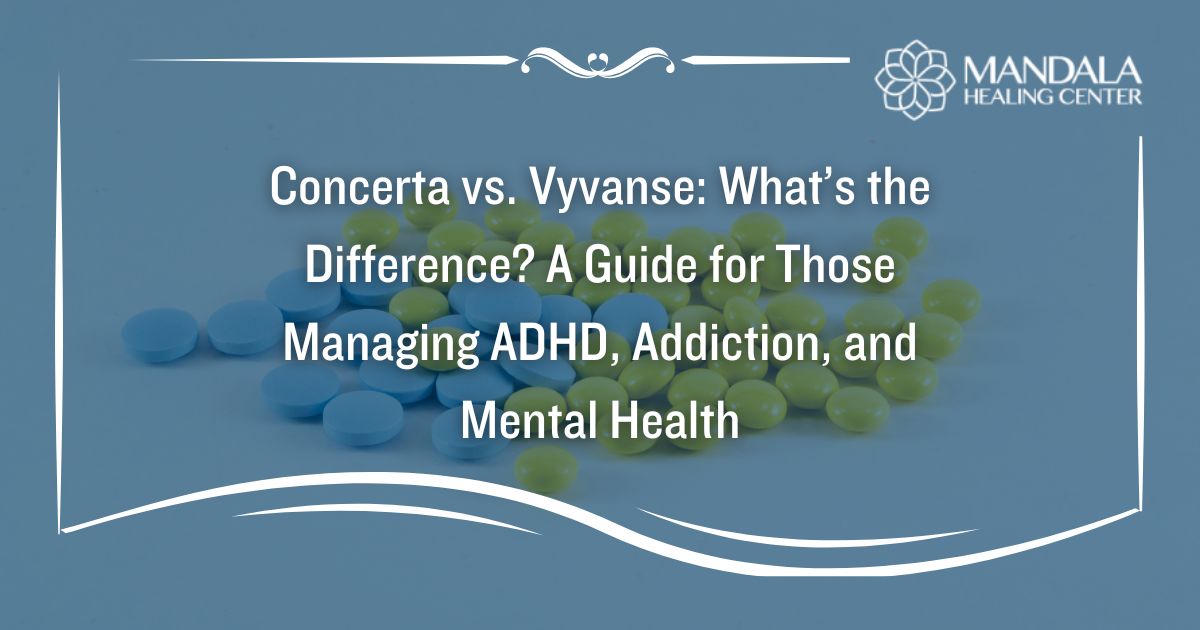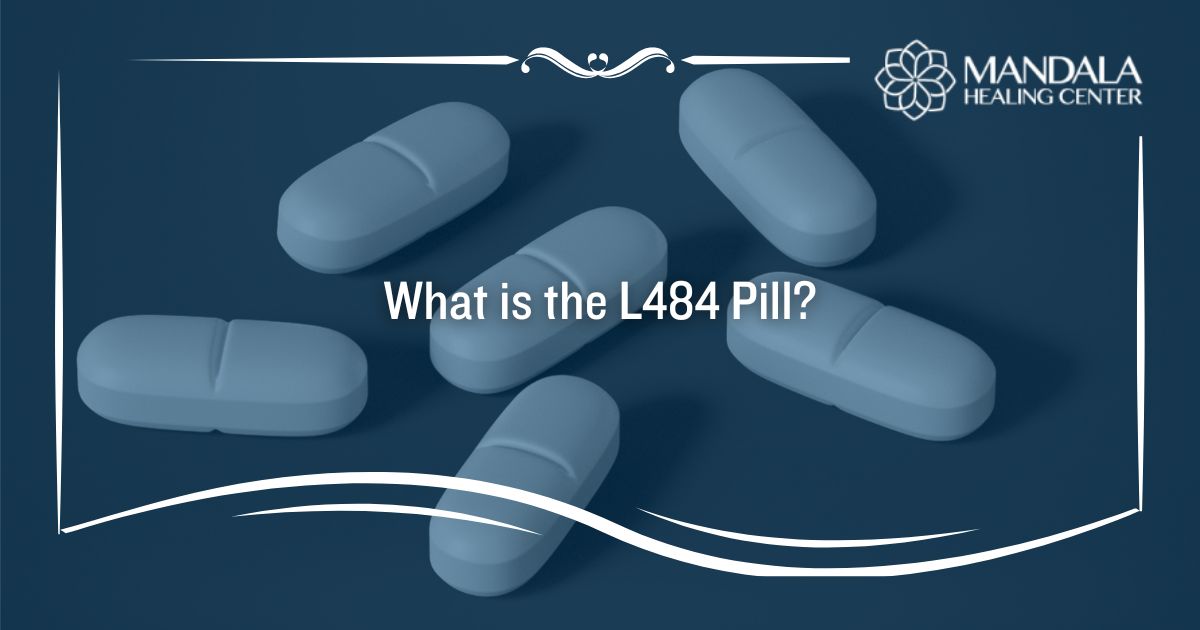Are you thinking about starting a seven-day detox in West Palm Beach but not sure what the week will involve? You’re not alone.
Detox is the stage where your body begins to clear out drugs or alcohol. It’s not the entire recovery journey, but it’s the part that gets everything started.
While some people go through shorter medical detox programs, a 7-day detox gives more time for the body to stabilize—especially when dealing with substances that cause strong or long-lasting withdrawal symptoms.
What Is a 7-Day Detox Program?
Detox, short for detoxification, is the process your body goes through when it starts to clear out drugs or alcohol. When someone stops using a substance they’ve become dependent on, the brain and body can react in a variety of ways—physically, mentally, and emotionally.
Detox is the first step in dealing with those reactions in a safe, controlled environment. A 7-day detox program is a structured plan that spans an entire week.
This longer time frame allows the body to begin flushing out the substance and slowly adjust to being without it.
What to Expect from a 7-Day Detox in West Palm Beach
Deciding to enter a seven-day detox in West Palm Beach is a big step, and knowing what to expect during the week can help ease some of the uncertainty.
Days 1–2: Getting Started
When you arrive, you’ll undergo a full medical and psychological assessment. This includes questions about your substance use history, any medical conditions, and mental health concerns.
Blood pressure, heart rate, and other vitals are checked, and any immediate risks—such as seizures or severe withdrawal symptoms—are carefully evaluated.
Once that’s done, a detox plan is created just for you as part of your larger addiction recovery treatment plan. During these early days, symptoms like anxiety, shaking, nausea, sweating, and sleep disturbances are common.
There’s no one-size-fits-all approach here. The staff is there around the clock to help you get through it safely.
Days 3–5: The Peak of Withdrawal
Midweek is typically when withdrawal symptoms are at their most intense.
Your body is reacting to the absence of substances it has grown dependent on, and this can affect everything from your mood to your appetite to your sleep patterns. You may feel exhausted, irritable, or emotionally raw. Some people also experience headaches, body aches, cravings, or digestive issues.
In certain cases—especially with alcohol or benzodiazepine detox—more serious symptoms like confusion or hallucinations may occur and require close medical attention.
Days 6–7: Easing Symptoms and Looking Ahead
By the final couple of days, most people begin to feel a shift. While some may still have some lingering symptoms—like tiredness, mood swings, or trouble sleeping—the sharp edges of withdrawal often start to dull.
Your appetite might improve, and you may start feeling more emotionally present and clear-headed. At this stage, the focus also begins to shift from just surviving detox to thinking about what comes next.
How Withdrawal Can Vary by Substance
Each drug affects the brain and body in its own way, so it makes sense that the withdrawal process feels different, too.
Here’s a look at some common substances and why detox from each one can feel the way it does.
Alcohol
When someone drinks regularly over a long period, the brain tries to balance things out by becoming more active to compensate for the sedating effects of alcohol.
When alcohol is suddenly removed, that built-up overactivity is no longer being held back—which can lead to intense anxiety, tremors, and, in severe cases, seizures or hallucinations.
In some cases, it can lead to a dangerous condition called delirium tremens (DTs), which includes confusion, high blood pressure, and even life-threatening complications.
Opioids
Opioids, such as heroin, oxycodone, or fentanyl, attach to receptors in the brain that control pain, pleasure, and reward. Over time, the brain stops producing natural pain-relieving chemicals because it’s relying on the drug.
While opioid withdrawal is rarely life-threatening, it can be extremely uncomfortable. The body goes into overdrive trying to function without the drug, and the symptoms can feel overwhelming.
Medications like Suboxone or methadone are often used to help ease symptoms and reduce cravings during detox.
Benzodiazepines
Benzos like Xanax, Ativan, and Valium are used to calm the brain by increasing the effect of a neurotransmitter called GABA.
Over time, the brain can become dependent on that extra calming input.
If you stop taking benzos suddenly, the nervous system becomes overstimulated—which can cause panic attacks, shaking, confusion, insomnia, and seizures. That’s why tapering slowly—reducing the dose little by little under medical supervision—is the safest way to detox from benzodiazepines.
Stimulants
Drugs like cocaine and methamphetamines work by flooding the brain with dopamine, which boosts energy, alertness, and mood. After regular use, the brain’s ability to produce or respond to dopamine naturally is weakened.
While stimulant withdrawal doesn’t usually involve dangerous physical symptoms, the emotional symptoms can be intense.
Feelings of depression or hopelessness may surface, and strong cravings can make it hard to stay clean without support.
Why 7 Days Can Make a Big Difference
Detox isn’t just about getting through withdrawal—it’s about giving the body and mind enough time to start regaining balance after long-term substance use. For one, seven days allows the body to fully begin clearing out drugs or alcohol.
Depending on the substance, traces can linger in the system for several days, and symptoms may shift or intensify over time. Having a full week ensures that the person isn’t rushed through this process and that medical staff can adjust care as needed throughout each phase.
What Happens After Detox Ends?
Once the physical withdrawal symptoms start to ease, the real work of recovery begins often at rehab centers or a professional treatment center. For many people, the question becomes: What happens next?
After detox, most individuals benefit from transitioning into a structured treatment program.
Inpatient or residential treatment is often the next step for those who need more time away from outside stress or who are dealing with complex mental health or substance use issues. This type of care includes 24/7 support, therapy, group sessions, and time to focus fully on recovery.
Others may move into outpatient programs, which offer more flexibility for those who are medically stable and ready to live at home or in sober housing.
If you’re looking for rehab programs or addiction treatment in Palm Beach County or West Palm Beach, Florida, contact Mandala Healing Center to learn more.







